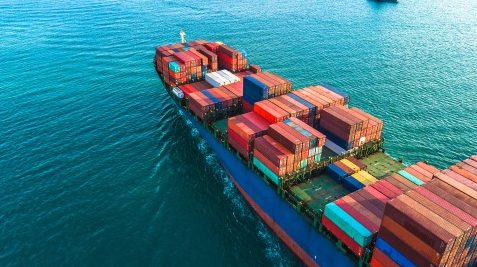China— still the source of 65 percent of trans-Pacific containerized imports — remains in the early stages of restarting production following a massive coronavirus (COVID-19) outbreak, the effect of which was to extend by several weeks the annual shutdown associated with the Chinese New Year. This scale of shutdown has impacted the container shipping more than ever in its 60-year history.
The unprecedented range of the disruption, has forced carriers to blank significant capacity. However, many believe the prolonged shutdown is just a prelude to an overwhelming surge, and likely capacity shortages, that will materialize once factories are back to full production, fulfilling demand for a still very strong US economy.
Below is an update in China as it stands today:
Manufacturing
The Beijing Government is making every effort to restore the international exports by means of resuming cargo production capacity as well as recalling local trucking capability. More factories are returning to, or are close to, production capacity. As of this week, the focus is on bringing the below key manufacturing cities back up to speed. Other China locations are approximately 70% (North & South China Regions) and 90% (Zhejiang Province) operational.
- Anhui Province: Bengbu City, Fuyang City
- Zhejiang Province: Wenzhou City
- Henan Province: Xinyang City
- Guangdong Province: Shenzhen City
- Hunan Province: Yueyang City
- All Hubei Province
Ocean Operations
- The normal “slack” season after Chinese New Year is normally 2-3 weeks after the public holiday. With the extended holiday, carriers are expecting this to cover 5-7 weeks this year. Many carriers are reporting they are planning a full recovery by end of March/early April.
- All port and terminal operations for major China and Hong Kong cities, excluding Wuhan; are normal, with the exception of Liangyungang, where some carriers have diminished supply of forty-foot containers.
- Some carriers are accepting bookings out of Wuhan, while most continue to suspend service at this time.
Airfreight Operations
- As expected, the demand for airfreight has increased dramatically. This has prompted a natural increase with rates, with the next round of increases expected Friday, February 28.
- Passenger flights between the US and China are still operational, but dependent on major Chinese carriers and offering limited air cargo capacity. US domestic carriers continue to suspend flights.
- Shanghai airport still provides the largest loading capacity and frequency for freight from China to the US.
Trucking Operations
- The Ningbo Government has released a special program to attract drivers to resume work. The Zhejiang Government is encouraging manufacturers to divert truck drivers from low-risk epidemic areas back to work as soon as possible. Except Hubei and other key epidemic areas, the truck drivers can return to work after a health screening and 14-day isolation is required. Of the 1,700 trucking companies and 20,000 trucks in Ningbo, over 40% have capacity has returned.
- In Shanghai, 45% of the drivers have returned to work, slowing improving the capacity each day.
- In Shenzhen, approximately 50% of the trucking capacity has resumed.
Source: Mallory Alexander International Logistics Asia-Pacific, JOC


